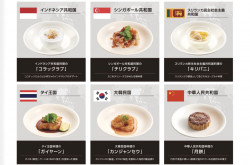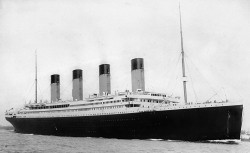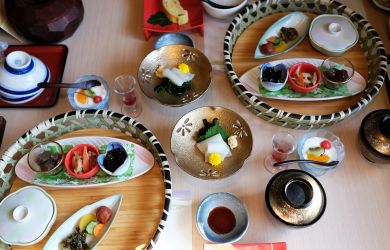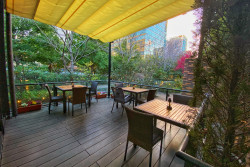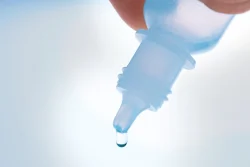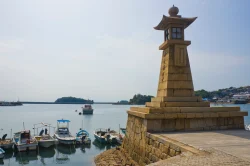
August 25, 2011
Bonsai Bonanza
Ahead of Azabu-Juban’s festival, Metropolis talks to a bonsai master
By Metropolis
Originally published on metropolis.co.jp on August 2011

In Angyo Kawaguchi, a small suburb of Saitama, We are introduced to Mitsuo Wada, bonsai grower. The small garden in front of and behind his workshop and house exude a particular kind of peace. Rows of carefully arranged bonsai trees stand quietly in their pots as the wizened old man walks among them. He refers to himself as a father of sorts, and you can believe it. To get a glimpse of Wada’s bark-covered offspring, and those of other growers, make sure you catch the Bonsai Festival taking place September 4-5 in Azabu-Juban.
For those who have a fixed image of a typical bonsai tree in their mind, you should know that they can differ wildly. That is what strikes us most as we walked along the rows, examining the specimens. Some were thick-trunked, some with needles instead of leaves; Wada points out a sakura, a Japanese maple, and many different species of pine. Some are imposingly large, with curved trunks bearing white parts dead and reminiscent of bone.

Wada tells us that his oldest trees are several hundred years old, while his tallest one—now planted in Kokusai Koen—is 180cm tall. Prices vary wildly, with the bargains to be picked up for ¥1,000, and the most valuable weighing in at a cool couple of million.
More and more foreigners are buying bonsai these days, with notable numbers from the UK and Germany. Most tend to go for the young trees that are easy to manage, so that the buyer can grow their talent along with their tree.
These little trees have been cultivated with minute attention since their first planting. Much of the work implicates molding with wire, as well as feeding and general maintenance, dependent on the month, and the individual tree’s “personality.” Wada wouldn’t give us the secret recipe of his bonsai food, but he did say that some trees are given fishbone or powdered squid among their diet.
Such techniques will be shown in demonstrations by growers at the Azabu-Juban festival with, of course, plenty of trees to look at and buy—if you feel that connection.
As Wada talked about the deepness and profundity of his relationship with his leafy children, we felt a certain tranquility envelop us. Half-joking, we asked him if he talked to the trees. “I don’t need to,” he laughed.
Azabu Juban Bonsai & Greenery Fair, Patio Juban, 4-5 Sep, 11am-5pm. Nearest stn: Azabu-Juban (exit 1). Website.


